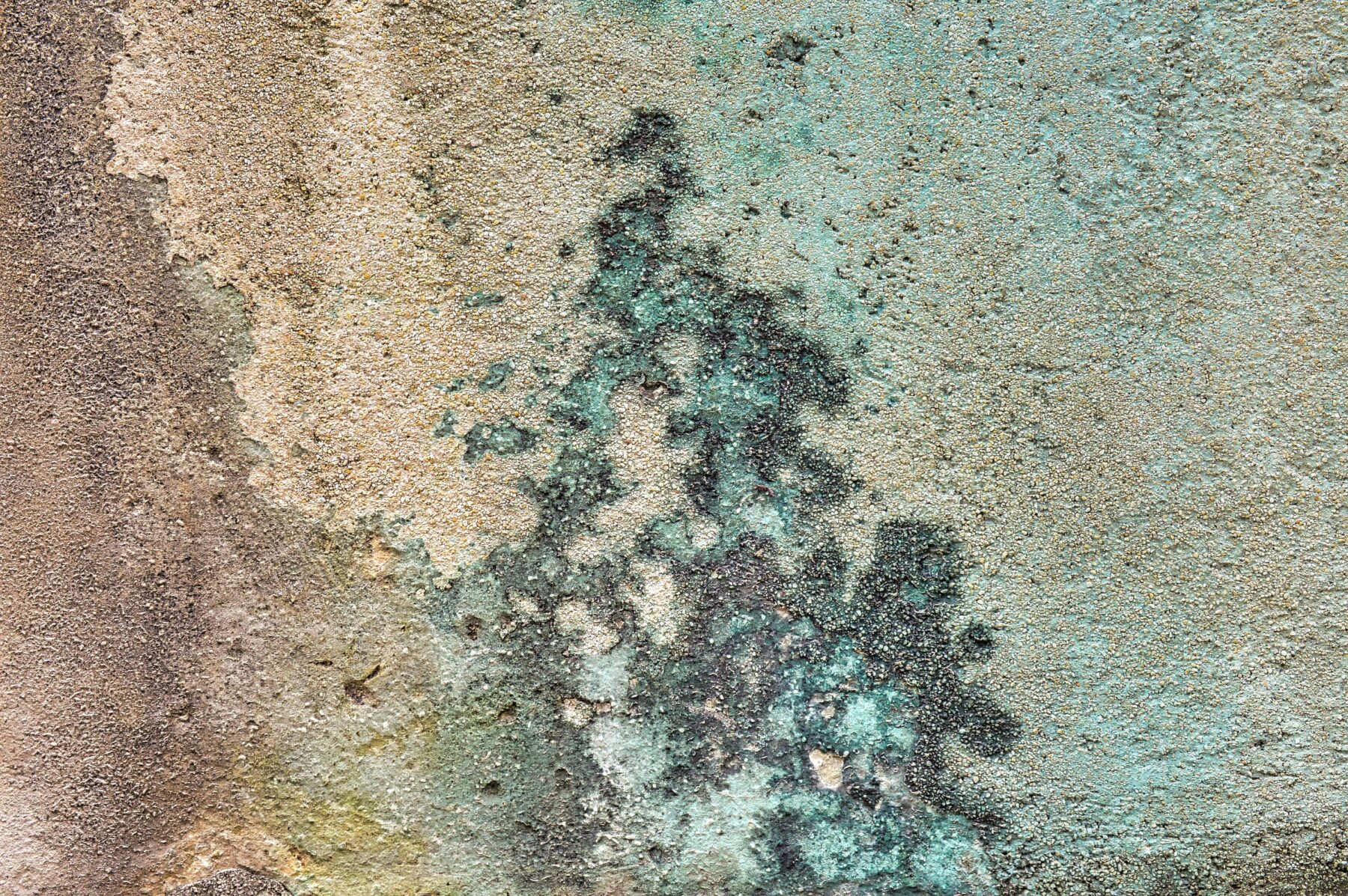The Advantages of Using Pigmented Concrete in Urban Art Installations
Pigmented concrete offers durability, design flexibility, and long-term visual impact. In urban art installations, it serves as both structure and statement, delivering consistent color throughout the material, reducing maintenance, and withstanding environmental wear. Its integration streamlines fabrication while enhancing aesthetic control, making it a practical solution for projects where visual identity and longevity matter.
August 5, 2025
Built for Longevity, Designed for Expression
Urban installations demand materials that perform, both visually and structurally. Pigmented concrete meets that demand by integrating color directly into the mix, cutting the need for surface coatings that fade, peel, or require ongoing maintenance. The result is a consistent, enduring finish that holds up against weather, wear, and constant use.
For municipalities investing in long-term visual infrastructure, this material delivers both form and function. It preserves design integrity, ensuring the installation remains a focal point that doesn’t fade in detail. With pigmented concrete, cities build permanence that’s intended to last.
Material That Meets the Moment
Color is not only decorative, but it also signals emotion, intention, and direction. Pigmented concrete gives creators a broader palette to work with, including subtle earth tones, bold primaries, and modern monochromes. The material is capable of communicating cultural heritage, community narratives, or even providing directional cues through form and hue. This flexibility aligns with the growing demand for inclusive design that resonates with diverse audiences. Whether embedded in a plaza, integrated into a park, or set against the side of a transit hub, pigmented concrete helps installations stay relevant, visually and contextually.
Color can carry the weight of place, drawing from ecology, history, or shared experience. With pigmented concrete, those references hold fast in the material itself, allowing civic stories to stay relevant without sacrificing structural integrity.
Sustainability in a Sculptural Medium
Sustainability has progressed from a discussion point to a baseline. Pigmented concrete advances that shift by integrating recycled materials, alternative binders, and low-impact production, embedding sustainability into the structure itself.
By eliminating the need for secondary coatings and extending the life of installations, the material contributes to resource conservation. There is less need for repainting, fewer repairs, and lower emissions over the life of the piece. It works seamlessly with modular and prefabricated systems where control, consistency, and speed are crucial. By shaping components off-site, teams reduce waste and gain tighter control over quality.
More Than Utility: Creating Civic Landmarks
Cities not only need infrastructure but also the identity that comes with it. Pigmented concrete contributes by enabling installations that feel rooted. From flake-resistant murals to sculptures with lasting color and park paths that trace local history through hue, pigmented concrete enables enduring, expressive installations. This elevates the role of urban art from decorative to narrative. It provides a space that feels intentionally designed for the public.
For municipalities, foundations, or developers supporting public art, the implications matter. Longevity, message clarity, and visual consistency are outcomes that translate to credibility and community trust.
Pigmented concrete sits at the intersection of design integrity and urban design. It offers a medium that holds form and meaning, resisting the usual compromises between aesthetics and performance. As more cities look to embed art within their infrastructure, materials like this not only support creativity but anchor it. That is where lasting impact begins.


